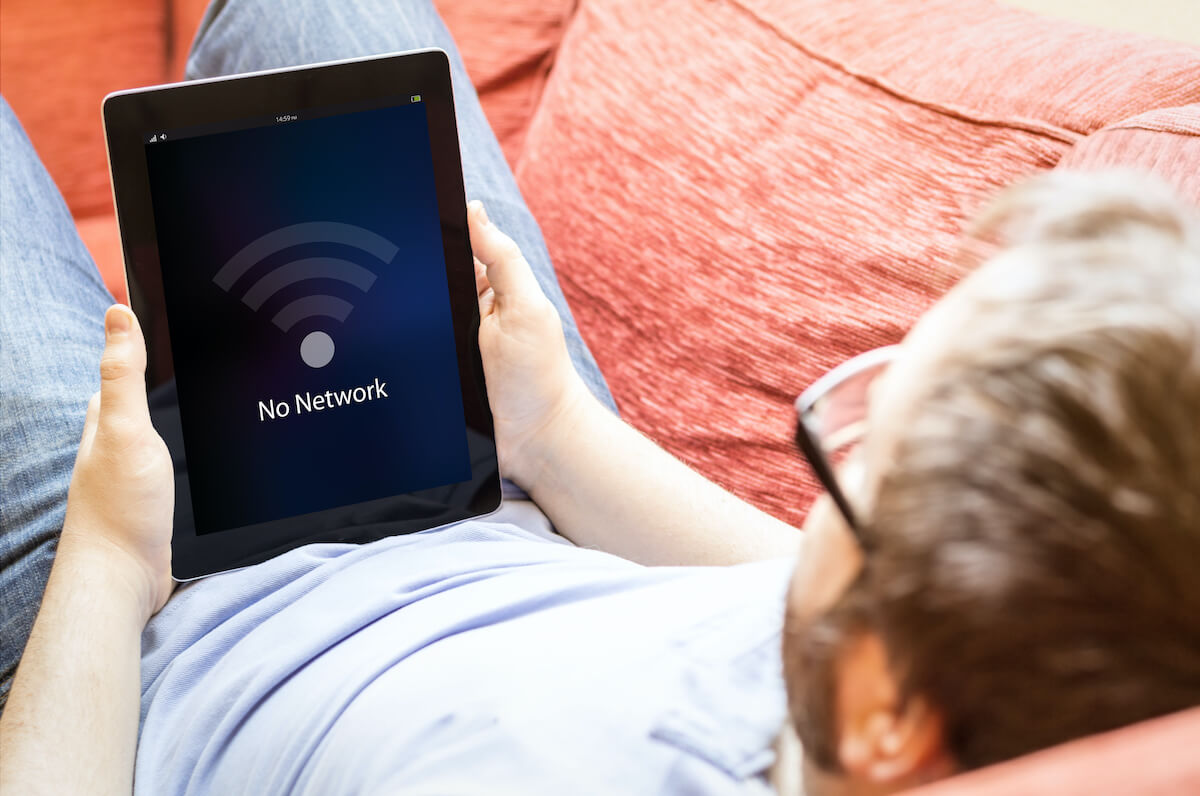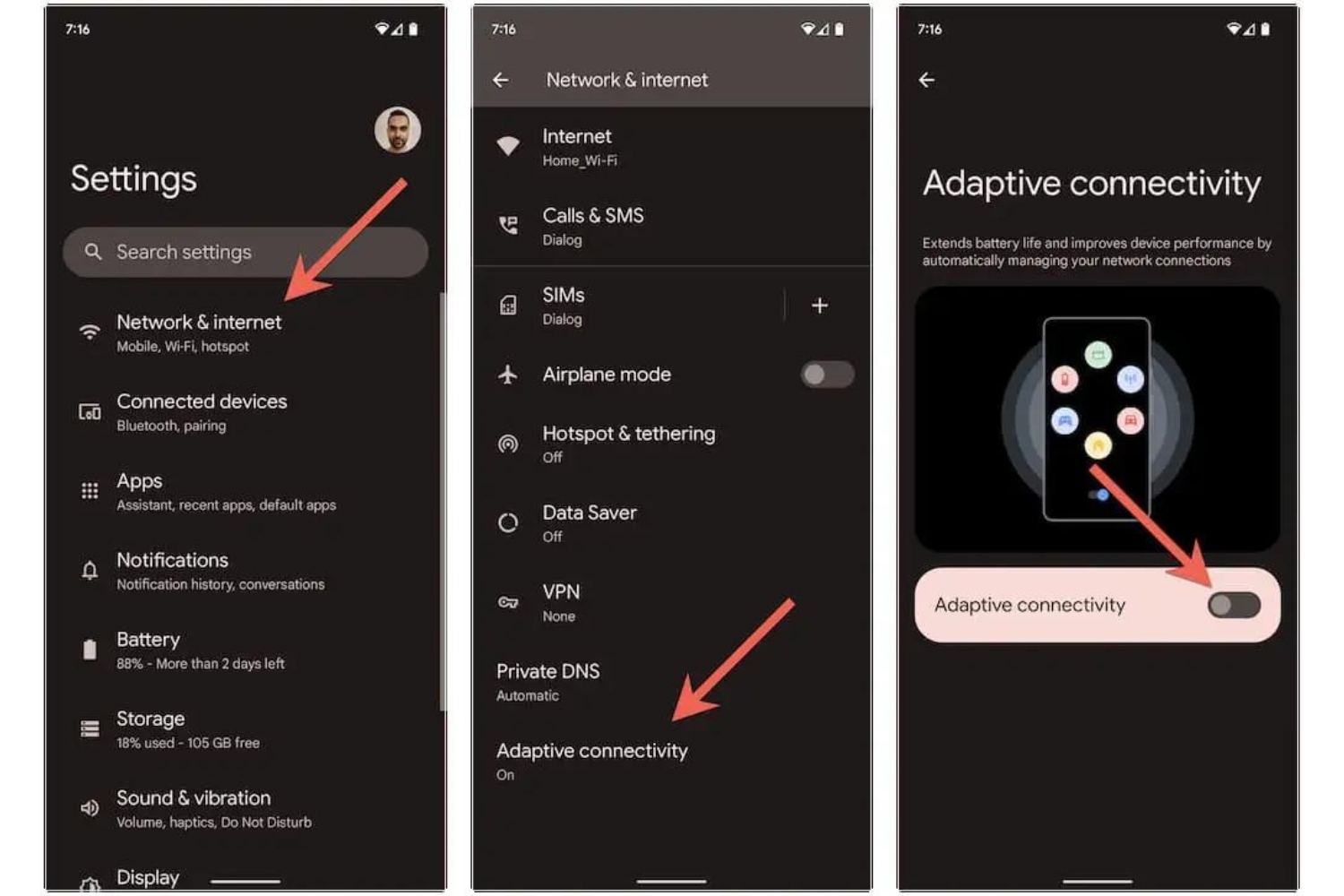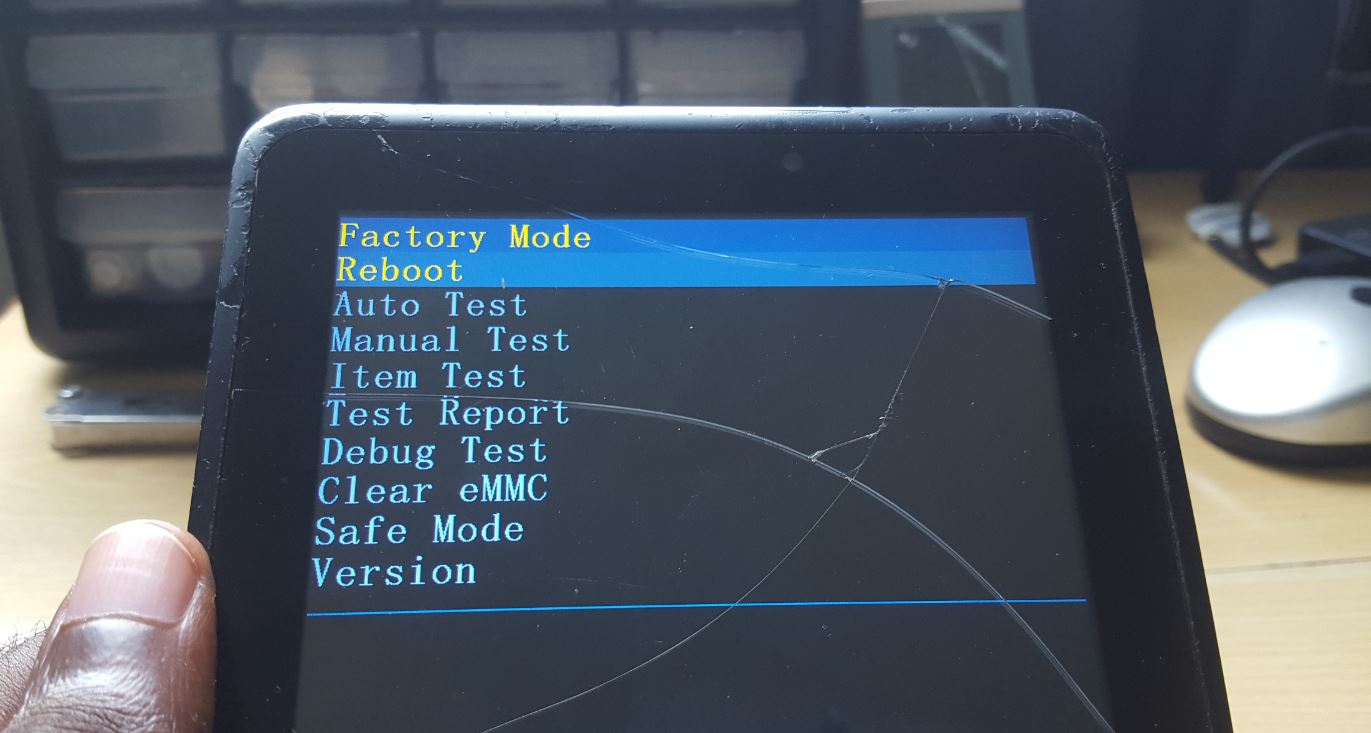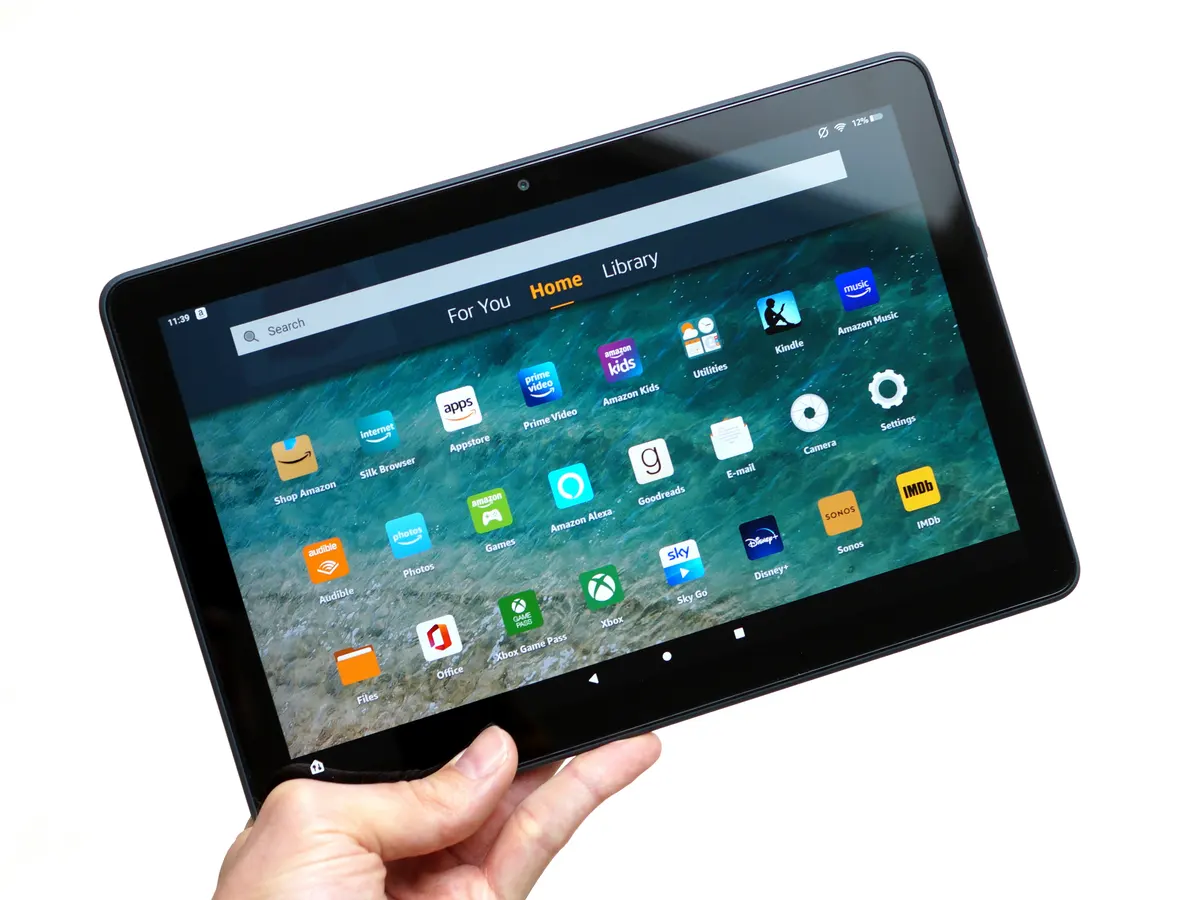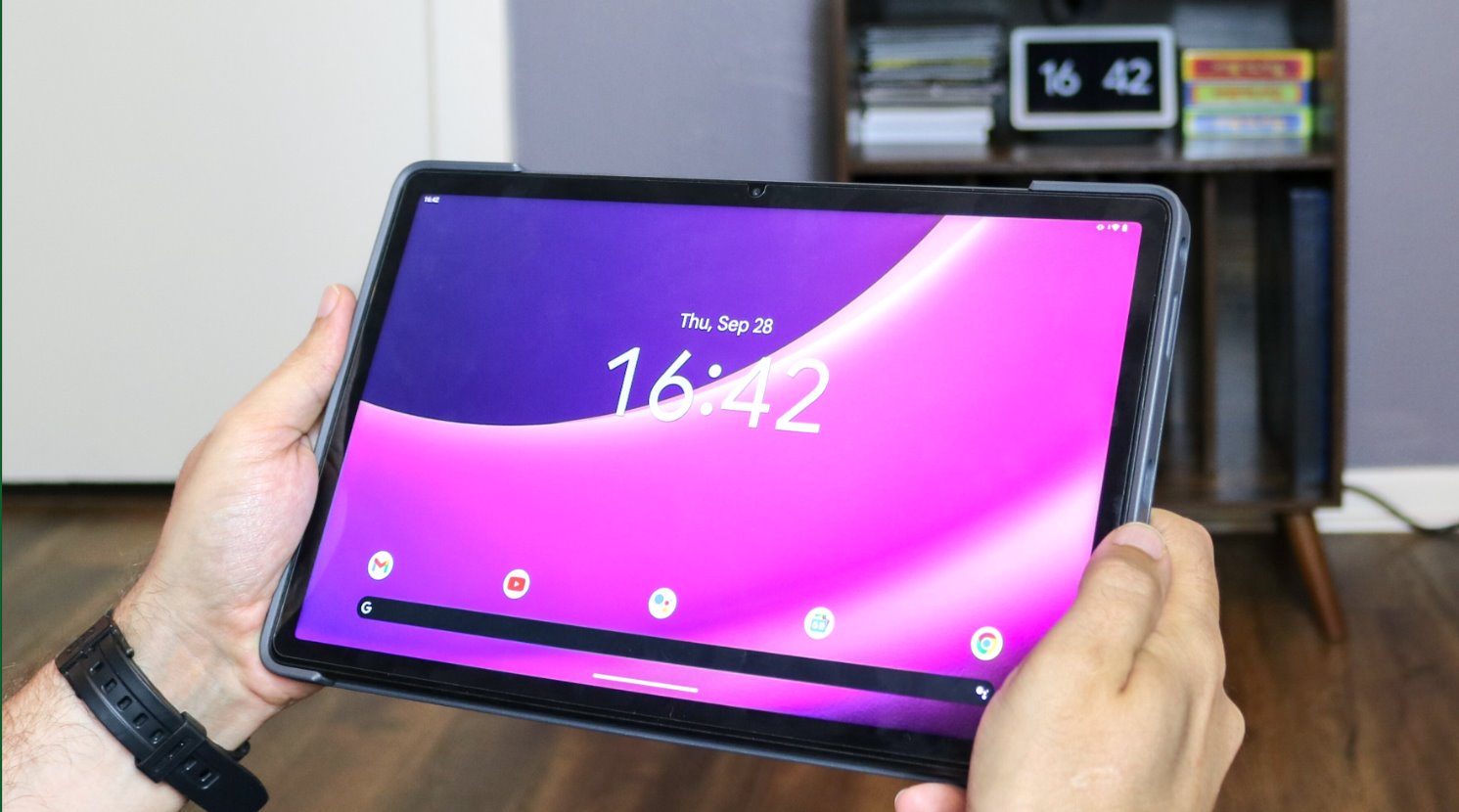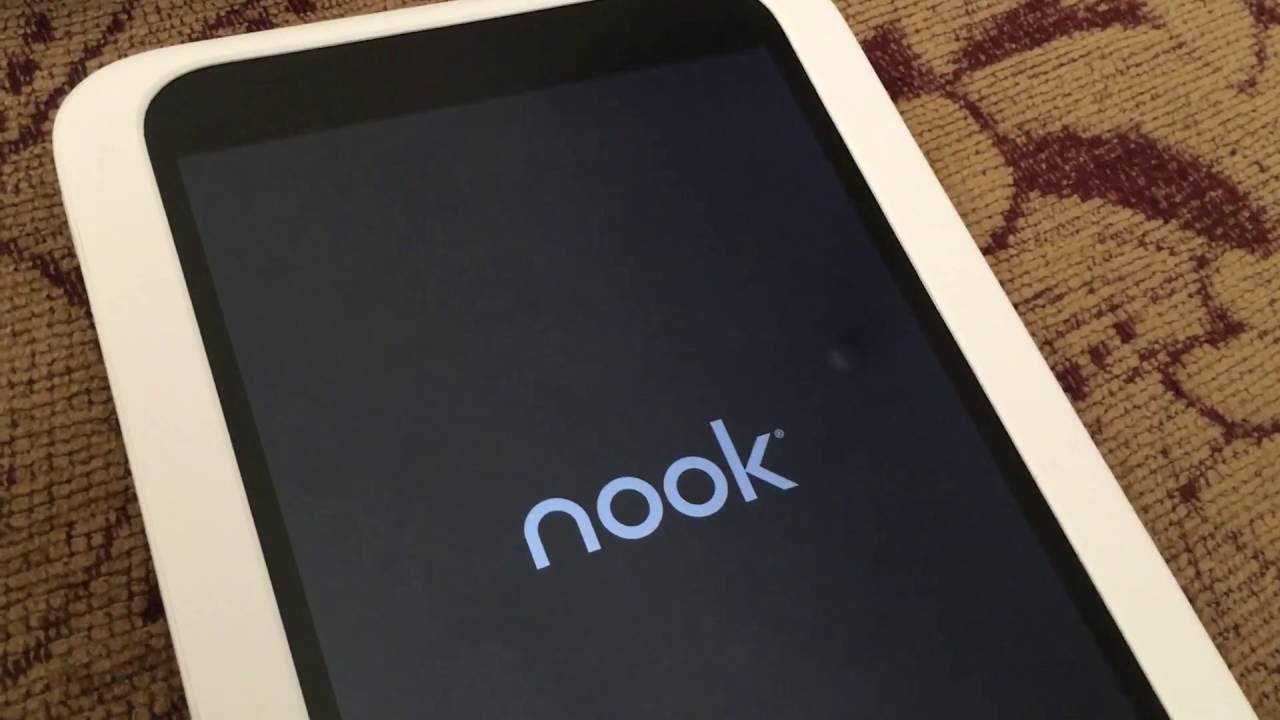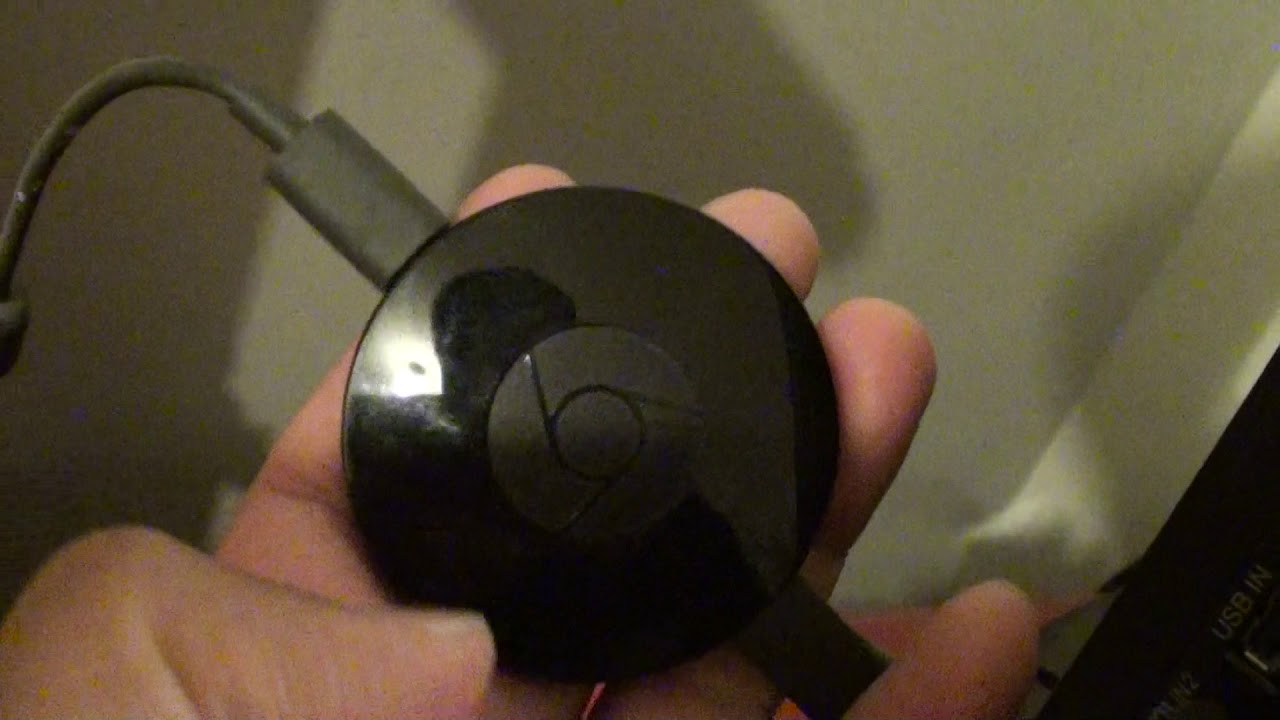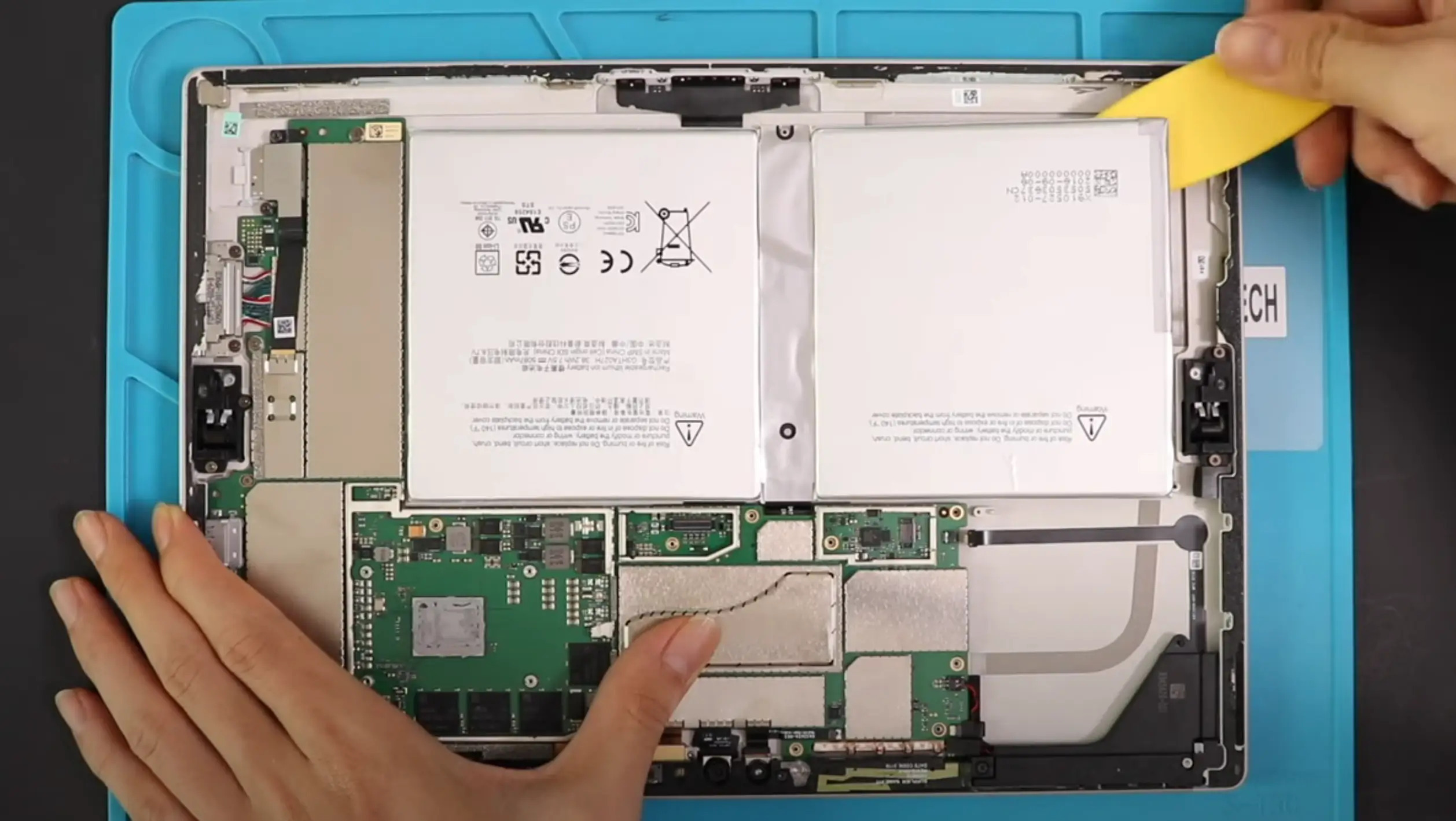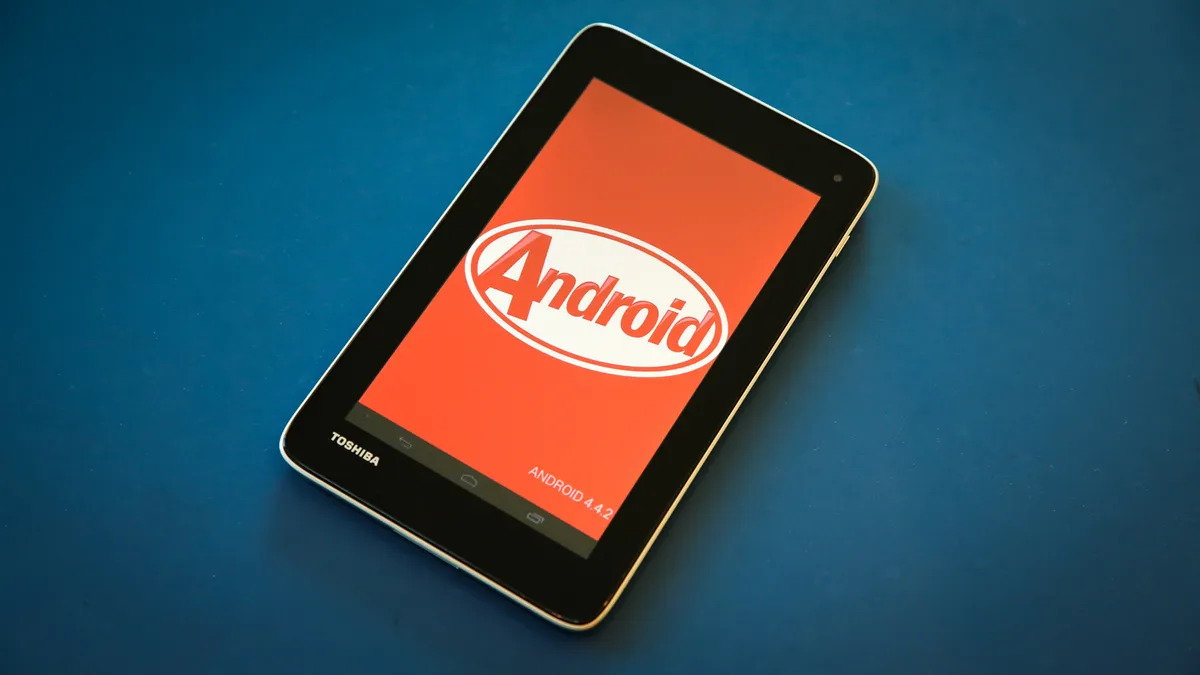Introduction
Having a tablet that constantly loses its Wi-Fi connection can be frustrating and disruptive to your online activities. Whether you use your tablet for work, entertainment, or staying connected with family and friends, a stable Wi-Fi connection is essential. When you experience frequent Wi-Fi connection drops, it’s important to identify the underlying causes so that you can find a solution.
There are several factors that could contribute to your tablet losing its Wi-Fi connection. In this article, we will explore some common reasons and potential solutions to help you troubleshoot the issue and ensure a reliable internet connection on your tablet.
It’s worth noting that while the focus of this article is on tablets, many of the tips and solutions provided can also be applied to other devices such as smartphones and laptops that experience similar Wi-Fi connection problems.
Before we dive into the specific causes and solutions, it’s important to understand that Wi-Fi connectivity issues can vary depending on the device model, operating system, and network environment. What works for one tablet may not work for another, so it may require a bit of trial and error to find the best solution for your particular situation.
Wi-Fi Signal Strength
One of the primary factors that can lead to Wi-Fi connection issues on your tablet is weak or fluctuating signal strength. When the Wi-Fi signal is weak, your tablet may struggle to maintain a stable connection, resulting in frequent drops or slow data speeds.
To check the signal strength on your tablet, you can look for the Wi-Fi signal icon in the status bar. If the signal appears weak or has only one or two bars, it’s an indication that you may be far away from the Wi-Fi router or there are physical obstructions blocking the signal.
To improve Wi-Fi signal strength and minimize connection issues, here are a few tips:
- Move closer to the router: If you’re experiencing weak Wi-Fi signal, try moving closer to the router to improve the signal strength. Being in close proximity to the router will reduce the chances of signal interference and help maintain a more stable connection.
- Remove obstructions: Physical barriers such as walls, furniture, or appliances can weaken the Wi-Fi signal. If possible, move objects that could potentially obstruct the signal path between your tablet and the router.
- Change router placement: The placement of your Wi-Fi router can impact the signal strength in different areas of your home or office. Experiment with different locations, such as elevating the router or placing it in a central position, to optimize Wi-Fi coverage.
- Invest in Wi-Fi range extenders: If you have a large area to cover, consider using Wi-Fi range extenders or mesh network systems to boost the signal strength and extend coverage to areas where the signal is weak.
By improving the Wi-Fi signal strength, you can significantly reduce the chance of your tablet losing its Wi-Fi connection and enjoy a more reliable internet experience.
Network Settings
Incorrect network settings on your tablet can also contribute to Wi-Fi connection problems. It’s essential to ensure that your tablet’s network settings are properly configured to establish and maintain a stable connection to your Wi-Fi network.
Here are a few steps you can take to troubleshoot network settings issues:
- Restart your tablet and router: Sometimes, a simple restart can resolve temporary network glitches. Turn off your tablet and then power off your Wi-Fi router. Wait for a few seconds before turning them back on. This can help refresh the network connection and resolve any temporary issues.
- Forget and reconnect to the Wi-Fi network: On your tablet, go to the Wi-Fi settings and forget the network you are currently connected to. Then, reconnect to the network by entering the correct password. This can help to clear any saved network settings that may be causing conflicts or authentication issues.
- Reset network settings: If you’re still experiencing Wi-Fi connection problems, you can try resetting the network settings on your tablet. This will remove any saved Wi-Fi networks, Bluetooth connections, and VPN configurations, so make sure to note them down or back them up before proceeding. To reset network settings, go to the Settings menu on your tablet and look for the Network or Connections section.
- Check DNS settings: DNS (Domain Name System) translates website domain names into their corresponding IP addresses. Incorrect DNS settings can lead to connection issues. By default, your tablet should acquire DNS settings automatically from your router. However, you can manually enter DNS server addresses like Google DNS (8.8.8.8 and 8.8.4.4) or Cloudflare DNS (1.1.1.1 and 1.0.0.1) to see if it improves the connection stability.
By verifying and adjusting your tablet’s network settings, you can often resolve Wi-Fi connection problems and ensure a smoother online experience.
Router Issues
The Wi-Fi router itself can be a common source of Wi-Fi connection problems for your tablet. The router may have settings that are not compatible with your device, or it may be experiencing technical issues. Here are some router-related issues to consider:
- Router firmware update: Outdated router firmware can lead to compatibility issues with your tablet. Check the manufacturer’s website or the router’s administration panel for any available firmware updates. By keeping the router firmware up to date, you can ensure optimal performance and compatibility with your tablet.
- Change the Wi-Fi channel: If you live in a densely populated area where multiple Wi-Fi networks are operating on the same channel, it can cause interference and result in connection drops. Access your router’s administration panel and try changing the Wi-Fi channel to a less congested one. This can help improve the signal quality and reduce interference.
- Reset the router: If you experience persistent Wi-Fi connection issues after trying various troubleshooting methods, it may be necessary to reset the router to its factory settings. This will erase all custom settings and configurations, so make sure to have a backup or take note of any important settings before performing a reset. Consult your router’s user manual or the manufacturer’s website for instructions on how to properly reset the router.
- Contact your internet service provider (ISP): If you’ve exhausted all the troubleshooting steps and are still experiencing Wi-Fi connection issues with your tablet, it’s possible that the problem lies beyond your control. In such cases, get in touch with your ISP to check if there are any network outages or technical issues in your area.
By addressing potential router-related issues, you can improve the overall performance and stability of your Wi-Fi connection on your tablet.
Interference from Other Devices
Interference from other devices can disrupt the Wi-Fi signal and cause your tablet to lose its connection. Electronic devices such as cordless phones, baby monitors, microwave ovens, and even neighboring Wi-Fi networks can interfere with your Wi-Fi signal and result in connection drops or reduced speeds.
To mitigate the impact of interference, consider the following steps:
- Keep devices away from the router: Keep electronic devices that can cause interference away from your Wi-Fi router. Place them in different areas of your home or office to minimize signal disruption.
- Switch to a less congested Wi-Fi channel: If you’re experiencing constant interference from neighboring Wi-Fi networks, try changing the Wi-Fi channel on your router to a less congested one. This can reduce the likelihood of signal interference and improve your tablet’s Wi-Fi connection.
- Upgrade to a dual-band router: Dual-band routers operate on both 2.4GHz and 5GHz frequencies, providing more options to connect your devices. By connecting your tablet to the less congested 5GHz band, you can avoid interference from devices that operate primarily on the 2.4GHz band.
- Use Wi-Fi extenders: If you have a large home or office space, consider using Wi-Fi extenders strategically placed throughout the area to boost the signal and minimize the impact of interference. These devices can help extend the Wi-Fi coverage to areas where the signal is weaker.
By minimizing interference from other devices, you can enhance the stability and performance of your tablet’s Wi-Fi connection.
Software Updates
Software updates play a crucial role in ensuring the smooth operation of your tablet, including its Wi-Fi connectivity. Outdated software can contain bugs or compatibility issues that may result in Wi-Fi connection problems. Therefore, it’s essential to keep your tablet’s operating system and applications up to date.
Here are some important steps to consider:
- Update the operating system: Manufacturers regularly release software updates to improve the performance and security of their devices. Check for any available updates for your tablet’s operating system and install them as soon as possible. These updates may include bug fixes, performance enhancements, and improvements to Wi-Fi connectivity.
- Update applications: In addition to the operating system, it’s important to keep all your applications up to date. Developers often release updates that address known issues and introduce new features. These updates can also improve compatibility with the latest Wi-Fi protocols and technologies, ultimately enhancing your tablet’s overall connectivity.
- Disable automatic app updates while on Wi-Fi: Automatic app updates can consume your Wi-Fi bandwidth and potentially impact your tablet’s performance. To avoid any disruptions, consider disabling automatic app updates or configure them to update only when connected to a non-Wi-Fi network.
By regularly updating the software on your tablet, you can ensure that your device has the latest features, security patches, and optimizations, which can positively impact its Wi-Fi connectivity.
Device Power Saving Settings
Power-saving settings on your tablet can affect its Wi-Fi connection. These settings are designed to conserve battery life by adjusting various hardware and connectivity features, including Wi-Fi. While power-saving modes can be beneficial for extending battery life, they may also limit the performance and stability of your tablet’s Wi-Fi connection.
Here’s what you can do to optimize power-saving settings for a better Wi-Fi experience:
- Adjust Wi-Fi sleep settings: Some tablets have the option to put Wi-Fi to sleep when the device is idle. While this can help conserve battery, it can also lead to frequent disconnection and slower reconnection times. Disable or adjust this setting to ensure a more consistent Wi-Fi connection.
- Customize power-saving modes: If your tablet offers customizable power-saving modes, explore the options to prioritize Wi-Fi connectivity. You may have the ability to fine-tune settings to strike the right balance between power savings and a stable Wi-Fi connection.
- Disable aggressive battery-saving features: Certain battery-saving features, such as background app restrictions or data synchronization limitations, can impact the performance of apps that rely on Wi-Fi. Consider disabling or adjusting these features to improve your tablet’s Wi-Fi connection.
- Use Wi-Fi when possible: When you are in an environment with a stable Wi-Fi network, prioritize Wi-Fi over mobile data. This not only conserves your cellular data usage but also ensures a faster and more reliable internet connection on your tablet.
By optimizing the power-saving settings on your tablet, you can strike a balance between extending battery life and maintaining a stable Wi-Fi connection for your online activities.
Faulty Hardware
In some cases, Wi-Fi connection issues on your tablet may be due to faulty hardware. Hardware-related problems can range from a malfunctioning Wi-Fi antenna to a defective network card. If all other troubleshooting steps have been exhausted, it may be necessary to assess the hardware components of your tablet.
Consider the following steps to identify and address potential hardware issues:
- Check Wi-Fi on other devices: To determine if the issue is specific to your tablet or the Wi-Fi network itself, test the Wi-Fi connection on other devices. If other devices connect without any problems while your tablet continues to have issues, it could indicate a hardware problem.
- Restart and reset your tablet: Before assuming a hardware issue, try restarting your tablet or performing a factory reset. Sometimes, software glitches or configuration conflicts can cause Wi-Fi connection problems that can be resolved with a simple reboot.
- Contact technical support: If you suspect hardware issues with your tablet’s Wi-Fi connectivity, it may be wise to reach out to the manufacturer’s technical support team. They can provide guidance on troubleshooting steps specific to your device or advise on any necessary repairs or replacements.
- Visit an authorized service center: If your tablet is still under warranty and you believe the Wi-Fi hardware is defective, consider contacting the manufacturer or visiting an authorized service center. They can diagnose the problem and provide appropriate repairs or replacements.
It’s important to note that hardware issues are less common than software or network-related problems. However, in some cases, it may be necessary to seek professional assistance to address Wi-Fi connection problems stemming from faulty hardware.
Conclusion
Dealing with a tablet that constantly loses its Wi-Fi connection can be frustrating, but by understanding the underlying causes, you can take steps to troubleshoot and resolve the issue. In this article, we explored several common reasons behind Wi-Fi connection problems on tablets and provided potential solutions.
Firstly, we discussed the importance of Wi-Fi signal strength and provided tips on how to improve it by adjusting the location of your tablet, removing physical obstacles, and utilizing Wi-Fi range extenders. We then delved into network settings and highlighted the significance of restarting devices, forgetting and reconnecting to networks, resetting network settings, and checking DNS configurations.
Next, we addressed router-related issues, such as updating firmware, changing Wi-Fi channels, and contacting internet service providers if necessary. We also emphasized the impact of interference from other devices and recommended methods to minimize interference by keeping devices away from the router, switching to less congested channels, and using dual-band routers or Wi-Fi extenders.
Additionally, we touched upon the importance of keeping your tablet’s software up to date, including operating system updates and application updates, to enhance Wi-Fi connectivity. We highlighted the need to optimize power-saving settings to strike a balance between preserving battery life and maintaining a stable Wi-Fi connection.
Last but not least, we discussed the possibility of faulty hardware as a potential cause of Wi-Fi connection problems and provided guidance on testing Wi-Fi on other devices, contacting technical support, and visiting authorized service centers if necessary.
Remember, each tablet and network environment is unique, so it may require some trial and error to find the specific solution that works for you. By following the troubleshooting steps outlined in this article, you can improve your tablet’s Wi-Fi connectivity and enjoy a reliable online experience.







